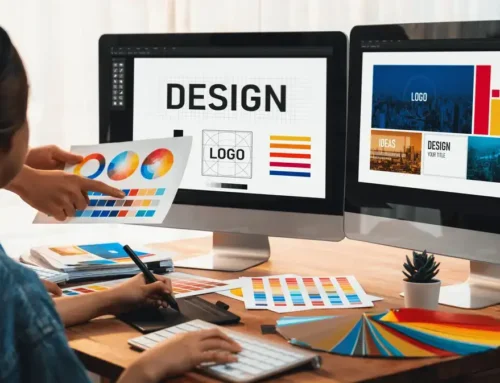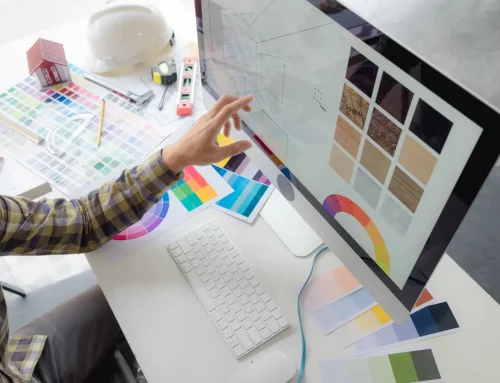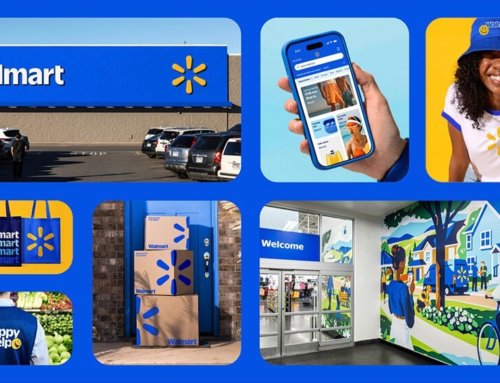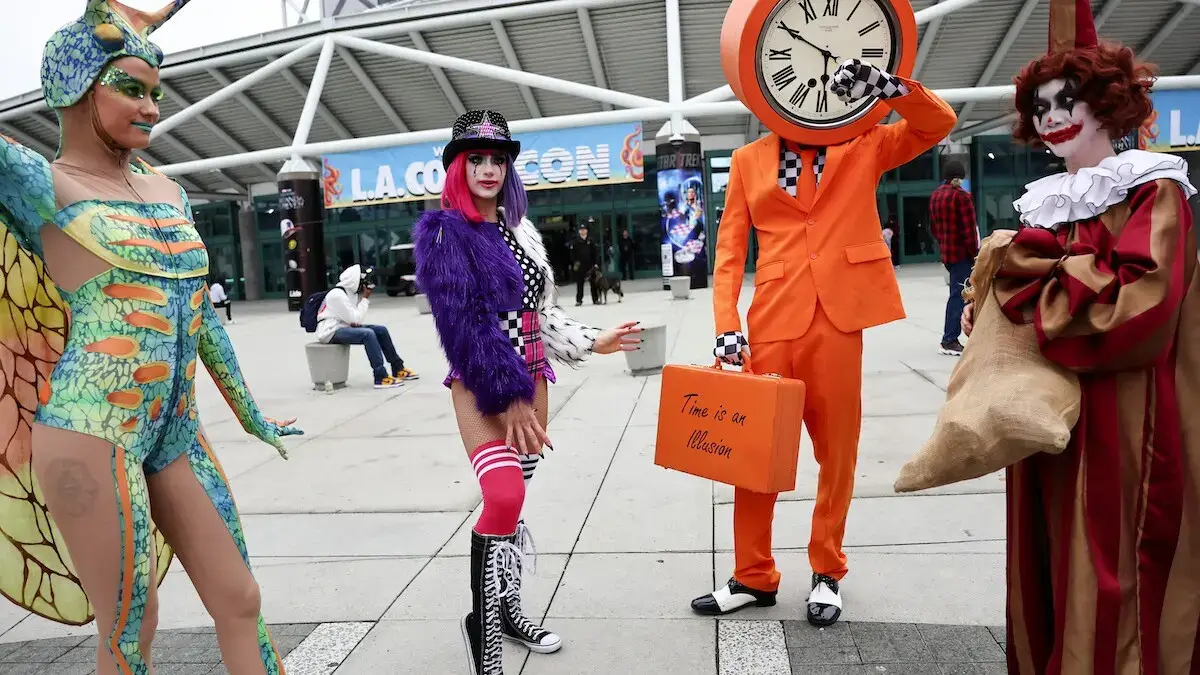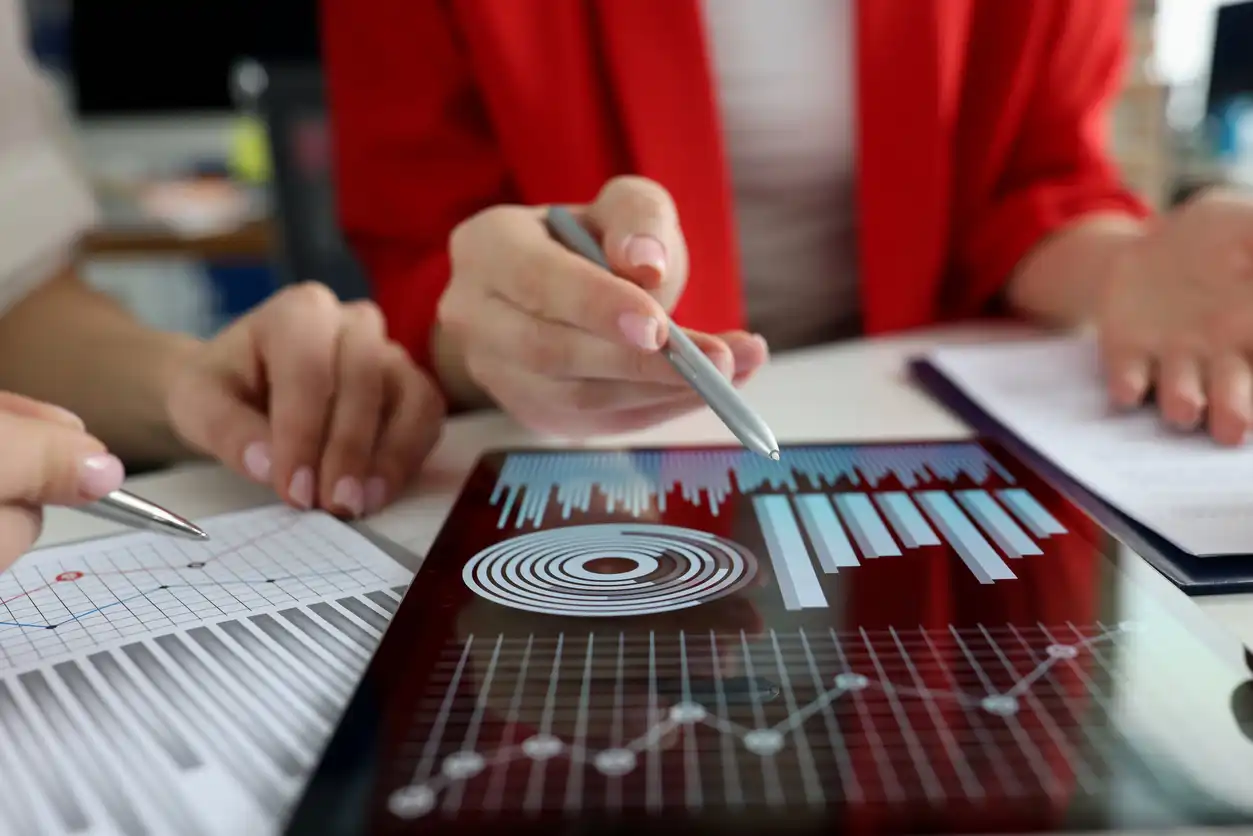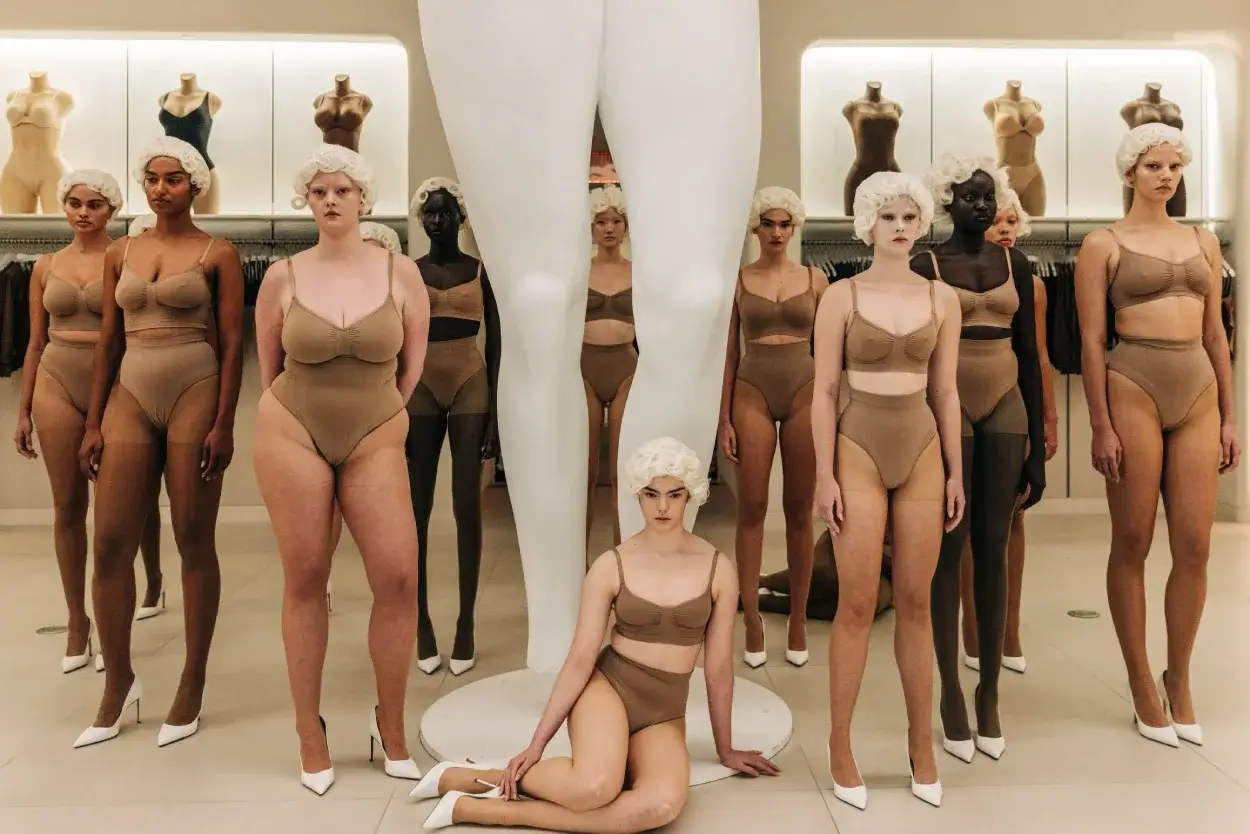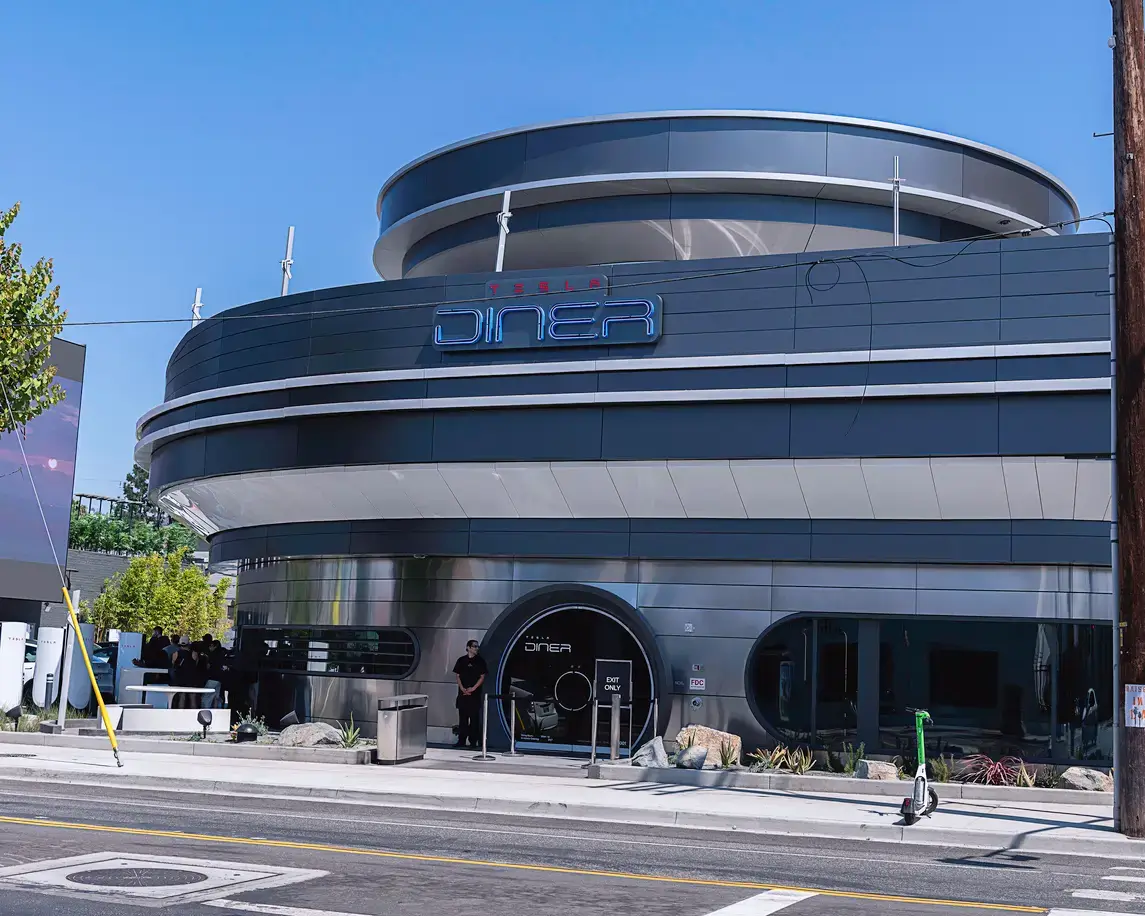Your business might have great products, cool promotions, and a wonderful mission statement, but if it doesn’t ride on a weak logo, nobody cares. A logo isn’t a neat sticker—it’s your mute first impression, your voiceless ambassador, and your most seen emblem. Ask Nike, Apple, or McDonald’s. They’re not only well-known—they’re icons. In this blog, we’ll explore how logo design shapes brand identity, how famous companies have leveraged it for global recognition, and why investing in a best logo design agency might be the smartest move your business can make.
What is logo design?
Logo design agency is the creativity behind making a recognizable symbol for a brand. It’s usually a mark, wordmark, or combination mark, and it’s everywhere—on commercials and packaging, billboards and social media.
A good logo identifies at once. It establishes a halo of professionalism and trustworthiness. Clients presume your product or service is old, inexpensive, or whimsical if your logo is so. Almost brutal—just not in an age of instant assumptions, when visual alone makes an impression. Great design establishes trust before a word is uttered.
How do logo designs compare brand recognition?
Recognition is what it’s all about. The more exposures to your logo, the better chance that they’ll remember your company. But this isn’t repetition—it’s visual memorability. That’s where good Los Angeles logo design comes in.
Look at Coca-Cola’s lettering. Or Apple’s apple bite. Or Target’s bullseye red. They’re not pictures. They’re memory triggers that create emotion and recall. Images are processed by the brain much quicker than words. A great logo enables your brand to lease space in the top of someone’s head after a single glance.
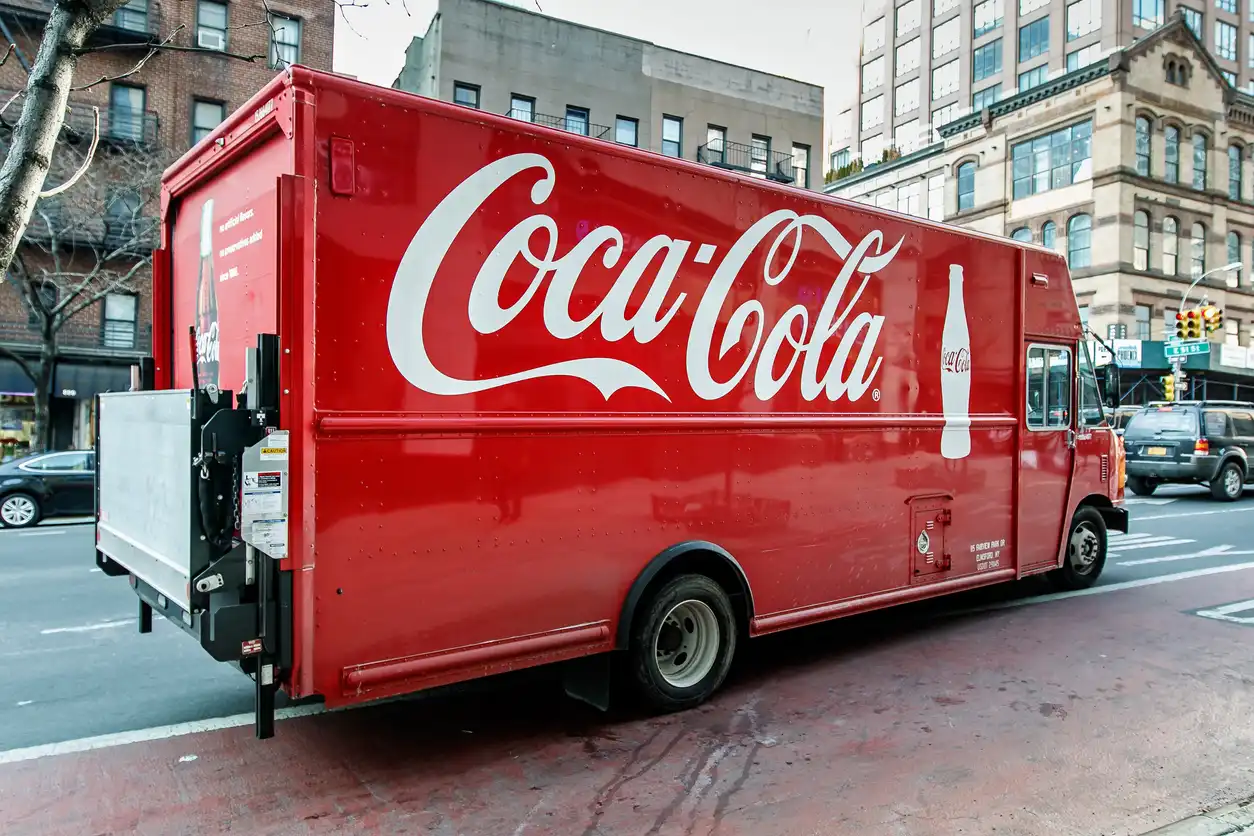
Why do big brands spend so much on logos?
Big companies recognize that it all starts with the logo. Pepsi has redesigned its logo over a dozen times. Starbucks has transformed from a drawing of a siren to a modern, sophisticated emblem. Even Google, notoriously minimalist, adjusts its letters to suit its evolving tone.
These companies are not spending millions of dollars redesigning their logos for fun. They understand that as a company grows, so does the need for a logo that will be capable of projecting their identity, values, and marketability. A well-timed facelift can generate buzz, change perception, and reconcile a visual identity with a business strategy.
Does a logo really influence customer trust?
Yes—and likely a whole lot more than we can even imagine. A neat, elegant logo tells your customers that your business is reliable. It tells them you’re professional, capable, and detail-oriented. But if your logo designer Los Angeles is outdated, sloppy, or just plain terrible, you’re waving red flags—no matter how wonderful your business may be behind the scenes.
Trust is an emotional reaction, and imagery is a big part of it. Particularly with new customers who know nothing about your business otherwise. Your logo could be the first impression—and deciding factor on whether or not they stay to learn more or swipe on past. Iconic logo designs teach small business owners lessons.
Small businesses can take lessons from the FedEx, Amazon, and Adidas books. They employ custom logo design agency not just as a decoration, but also as a vehicle for conveying values.
FedEx’s arrow pointer stealth mode communicates quickness and accuracy. Amazon’s smiley arrow suggests happiness and excellent options. Adidas’ stripes suggest action and power. Any of those logos wasn’t brought together haphazardly. They were the outcomes of deliberate design intent simply for the one reason of having something communicate something on first impression.
How does logo design support brand consistency?
Logo design sets the tone for type treatment, color, packaging, and even web design. For a strong, well-built logo, it could be the keystone of your overall brand system.
This consistency gains trust over a long period. If your customer finds your brand on Instagram, a store, or an UPS box, the logo brings it all together. That familiarity destroys skepticism and fixes loyalty. If your logo keeps changing every other minute—or worse, differs from website to website—it can perplex or alienate your audience.
Can a logo change without losing its identity?
Yes. Companies do update logos over decades to mark change, modernization, or change in brand positioning—without sacrificing what makes them, them. Take Mastercard’s logo. The two yellow and one red overlapping spheres did not change, but type and design changed over centuries.
The key is to optimize without killing. Redesigning your logo should honor your brand’s DNA but render it new and fresh. Perhaps it’s all about simplifying forms, lessening color, or preparing the logo for the web. Effective logo designers Los Angeles is able to produce a logo without killing the brand’s DNA.
What do companies not do when they design a logo?
And of course, there are a handful of universal logos pitfalls—and about all of them have to do with staying ahead of trends, not strategy. A too-fashionable logo will be yesterday’s news in twelve months. A too-complex logo won’t be too expandable. A template-borrowed logo will blend in, not stand out.
Your logo should be unique, flexible, and based on brand meaning. It should be great printed and photocopying in color and black and white. It should look good on a billboard and a phone. And it should reflect a sense of your brand tone—luxury, playful, minimalist, or bold.
Where do you begin when you’re designing your logo professionally?
Begin with your brand strategy. Who are you really trying to speak to? What sort of emotion do you want to evoke? What should they care about? Do that, then go design with someone who can make sense of that visually.
A great designer won’t just ask you what you like. They will ask you about your purpose. Your goals. Your competitors. The design process becomes a conversation of your identity—not your appearance. That is how incredible logos are designed—not based on taste, but based on purpose.
Conclusion
Your logo is not a mark—it’s a message. Done right, it’s the face of your brand, the doorway to your audience, and the start of your visual identity. Nike’s swoosh, Apple’s bite, even Pepsi and McDonald’s symbols—the world’s most recognized brands share one thing: fantastic logo design is not a cost—it’s an act of creating legacy. Invest wisely, and your logo will speak more, before you ever utter a word.


